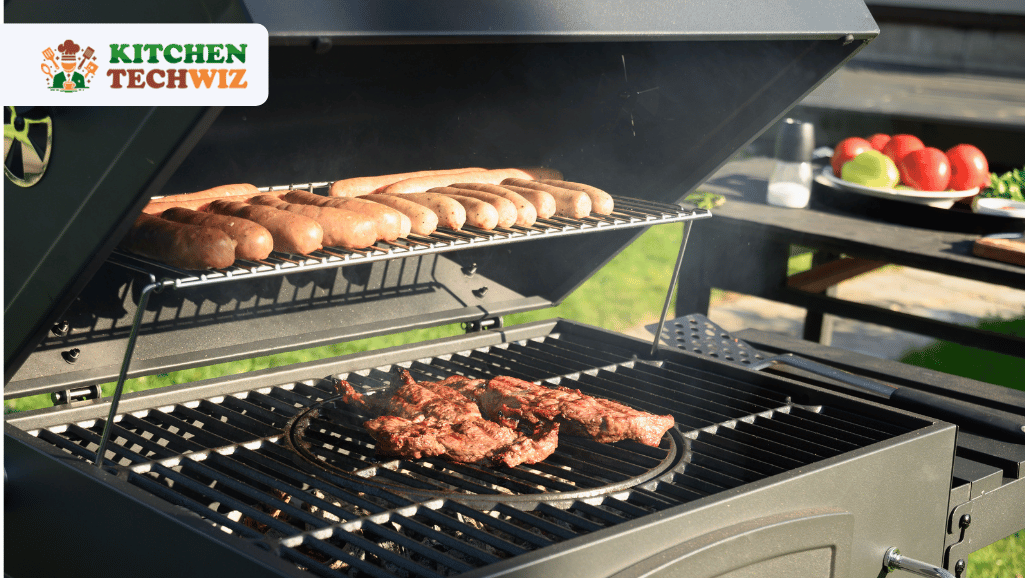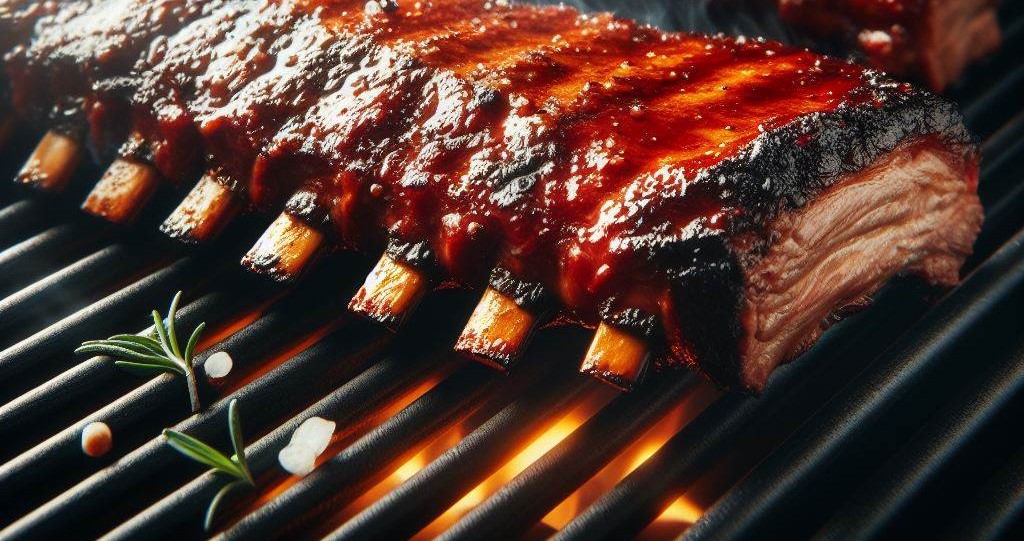When it comes to cooking a perfect turkey, an electric turkey roaster can be a game-changer. Understanding the features and functions of this appliance is crucial to mastering the art of turkey roasting.
Features and Functions of an Electric Turkey Roaster
Electric turkey roasters are designed to roast large cuts of meat, making them perfect for cooking a whole turkey. These appliances typically come with a removable roasting pan, a lid, and a temperature control feature. Some models also come with a self-basting lid, which helps to keep the meat moist during the cooking process.
Benefits of Using an Electric Turkey Roaster
One of the main benefits of using an electric turkey roaster is its ability to cook a turkey more evenly than a traditional oven. The roaster’s design helps to circulate heat around the turkey, ensuring that it cooks thoroughly and stays juicy. Additionally, electric roasters are portable and can be used in outdoor settings, making them a versatile option for cooking turkey.
Preparing Your Electric Turkey Roaster
Before you start cooking with your electric turkey roaster, it’s important to properly clean and prep the appliance to ensure the best cooking results.
Cleaning and Prepping the Appliance
Start by washing the removable roasting pan, lid, and rack with warm, soapy water. Make sure to dry them thoroughly before placing them back into the roaster. It’s also essential to wipe down the interior of the roaster with a damp cloth to remove any dust or residue.
Seasoning and Preheating the Roaster
Once the roaster is clean, it’s time to season it. Lightly coat the interior of the roaster with cooking oil to prevent the turkey from sticking during the cooking process. Preheat the roaster to the desired cooking temperature, allowing it to warm up while you prepare the turkey.
Mastering Cooking Techniques
Cooking a turkey to perfection in an electric roaster requires understanding the right temperature and time guidelines, as well as some tips for achieving a juicy and flavorful result.
Temperature and Time Guidelines
A general rule of thumb for cooking turkey in an electric roaster is to set the temperature to 325°F and cook the turkey for about 15 minutes per pound. However, it’s essential to use a meat thermometer to ensure that the internal temperature of the turkey reaches 165°F before serving.
Tips for Achieving Juicy and Flavorful Turkey
To ensure that your turkey turns out juicy and flavorful, consider basting it with a mixture of melted butter and herbs every hour during the cooking process. Additionally, you can place aromatics such as onions, garlic, and herbs inside the cavity of the turkey to enhance its flavor.
Delicious Recipes for Your Electric Turkey Roaster
Now that you’re familiar with the basics of using an electric turkey roaster, it’s time to explore some delicious recipes to elevate your turkey roasting game.
Classic Roast Turkey with Herbs and Butter
This timeless recipe calls for a simple yet flavorful combination of herbs, butter, and aromatics to create a perfectly roasted turkey that’s sure to impress your guests.
Citrus and Herb Infused Roast Turkey
For a refreshing twist on the classic roast turkey, consider infusing it with citrus fruits and a blend of fresh herbs to add bright and zesty flavors to the meat.
Cajun Spiced Roast Turkey
Spice things up with a Cajun-inspired roast turkey that’s seasoned with a bold blend of spices for a flavorful and aromatic dish that will be the star of your holiday table.
Maintenance and Care Tips for Your Electric Turkey Roaster
To ensure that your electric turkey roaster stays in top condition, it’s important to follow proper maintenance and care tips.
Cleaning and Storing Your Roaster
After each use, make sure to clean the roaster thoroughly, removing any food residue and grease. Store the appliance in a cool, dry place to prevent dust and debris from accumulating.
Troubleshooting Common Issues with Your Roaster
If you encounter any issues with your electric turkey roaster, such as uneven cooking or temperature fluctuations, refer to the user manual for troubleshooting tips. Additionally, you can contact the manufacturer for further assistance in resolving any technical issues.
In conclusion, mastering the art of using an electric turkey roaster involves understanding its features and functions, preparing the appliance properly, mastering cooking techniques, exploring delicious recipes, and following maintenance and care tips. With the knowledge and skills gained from this comprehensive guide, you’ll be well-equipped to elevate your turkey roasting game and impress your guests with perfectly cooked and flavorful turkey dishes.
Frequently Question About Turkey Roaster
How Long to Cook Turkey in Electric Turkey Roaster?
The cooking time for a turkey in an electric roaster can vary based on the turkey’s weight and the roaster’s temperature settings. As a general guideline:
- For an unstuffed turkey: Cook at 325°F (160°C) for about 15 minutes per pound.
- For a stuffed turkey: Cook at the same temperature for about 20 minutes per pound.
- Always use a meat thermometer. The turkey is done when the thigh’s internal temperature reaches 165°F (74°C).
Can You Brown a Turkey in an Electric Roaster?
Certainly! Yes, you can brown a turkey in an electric roaster. Follow these steps for a nicely browned skin:
- Preheat the electric roaster to 400-450°F (200-230°C).
- Pat the turkey dry, rub it with butter or oil, and place it in the preheated roaster.
- Cook following your recipe, opening the lid 30-45 minutes before it’s done to help the skin brown.
Keep an eye on the turkey to prevent over-browning. Some roasters might have specific instructions for browning, so check the manual if needed.
Do you add Water to an Electric Turkey Roaster?
In general, you don’t need to add water to an electric turkey roaster. The design of the roaster usually doesn’t require water for cooking. The turkey itself produces moisture during the cooking process. However, you should refer to your specific roaster’s manual for any manufacturer recommendations or instructions regarding adding water.



![16 Best Tabletop Propane Gas Grills 2024: [Also Charcoal & Electric]](https://kitchentechwiz.com/wp-content/uploads/2021/04/Best-Tabletop-Propane-Grill-1.jpg)

Leave a Reply